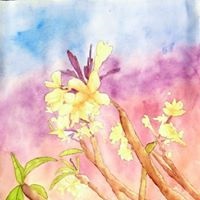Whilst the Amazon is the world's largest tropical rainforest, what is the second largest?
Located in Central Africa, the Congo rainforest is the second-largest tropical rainforest in the world. It covers a total area of 178 million hectares (440 million acres) within the Congo Basin, which is created by the Congo River. The rainforest spreads across six African countries: Cameroon, the Central African Republic, the Republic of the Congo, the Democratic Republic of the Congo (DRC), Equatorial Guinea and Gabon.
The Congo rainforest is known for its high levels of biodiversity. There are around 10,000 native plants, including more than 600 tree species, of which 30% are unique to the region. There are also a similar number of native animal species, including mammals, birds and fish. Some of its most notable residents include forest elephants, chimpanzees, okapi, lions and gorillas. There are three subspecies of gorillas: the lowland gorilla, the eastern lowland gorilla, and the endangered mountain gorilla.
For over 50,000 years, native people have used the rainforest ecosystem for food, medicine, and supplies. Deforestation has been low throughout the rainforest, although when it does occur, it is mostly in the section belonging to the Democratic Republic of the Congo, which incidentally owns 60% of the tree covered area. The biggest threats to the Congo rainforest are industrial plantations for the production of palm oil, rubber and sugar.
More Info:
rainforests.mongabay.com










